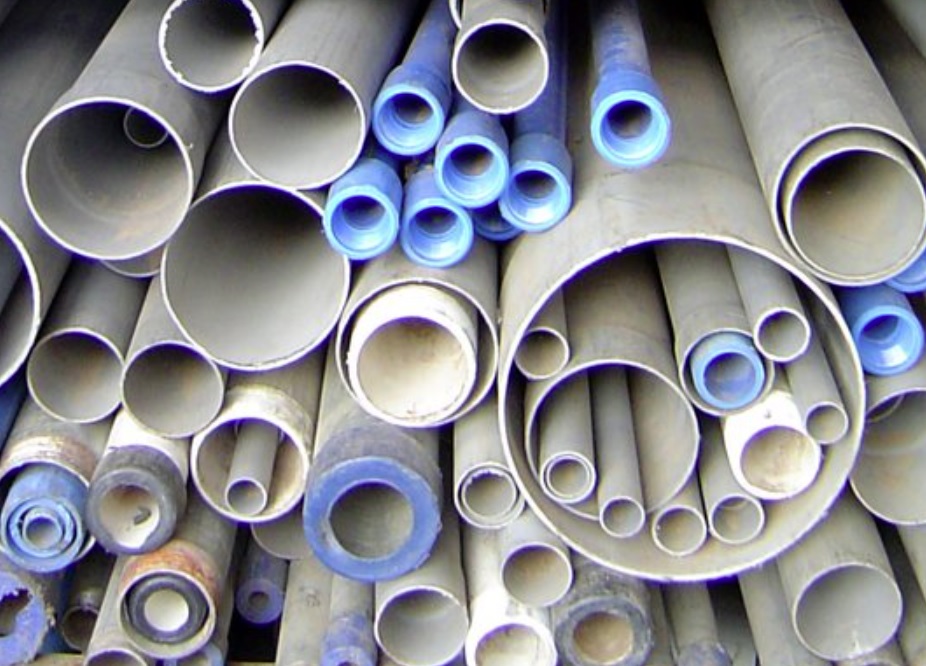When plumbing pipes degrade and ultimately fail, there will be a loss of water pressure and, more importantly, water leaks that can cause localized flooding. Water damage is expensive to fix, and it can cause structural damage if it’s not fixed quickly. The EPA estimates that around 10% of American homes have water leaks that waste more than 90 gallons of water every day. When pipes fail, there are three proven approaches: replacements, relining, and pipe upgrades. In this article, we will take a closer look at these approaches and how they work in practice.
Detecting Water Leaks
Water leaks can be easy to detect if you see water stains and pipes with puddles of water under them. But, some leaks are harder to detect because they are hidden under the floors or behind walls. The leaks may become more obvious over time, but they can do a lot of damage if they are not detected and fixed. To find these leaks, look for sudden spikes in water consumption on your utility bills. Regular essential plumbing maintenance can detect leaks and fix them before they become more serious.
Fixing Plumbing Pipes
This process may begin with a camera inspection. The plumber feeds a fiber-optic camera into drains to detect clogs, cracks, breaks, and other problems. When the problem is discovered, the plumber can advise the homeowner on the most cost-effective way to deal with the problem. In some cases, there may be an initial attempt to clear a blockage to restore normal operations if the cause is not obvious. But, it’s more likely that a pipe replacement, pipe relining, or upgrades are necessary.
Pipe Relining
Of the three approaches, pipe replacements and upgrades are self-explanatory. An excavation or trenchless approach is required to reach the pipe and replace or upgrade it. A trenchless repair involves digging down at the side of the pipe to reduce the disruption and the costs. This approach is not always possible, but it’s desirable if it can be attempted because it is a better option than a large scale excavation project.
Pipe relining is a very different type of pipe repair, and it’s extremely cost-effective if it’s a viable option. This technique can be used to repair water lines, sewer lines, and other plumbing pipes. This is a process that a professional plumber can attempt, and it’s not a suitable approach for DIY plumbers. Pipe relining uses fabric pipe sleeves and epoxy to line up and secure the new section of pipe inside the existing damaged pipe. This requires virtually no digging or intrusion, and it’s less disruptive than other techniques. After insertion, the pipe liner is inflated and treated with the lining materials to cover the entire damage section. After the pipe has hardened, it is a smooth and durable surface that’s designed to last, and it will improve the plumbing system efficiency.
If you need a pipe repair, contact your local professional plumber for expert help and advice.





